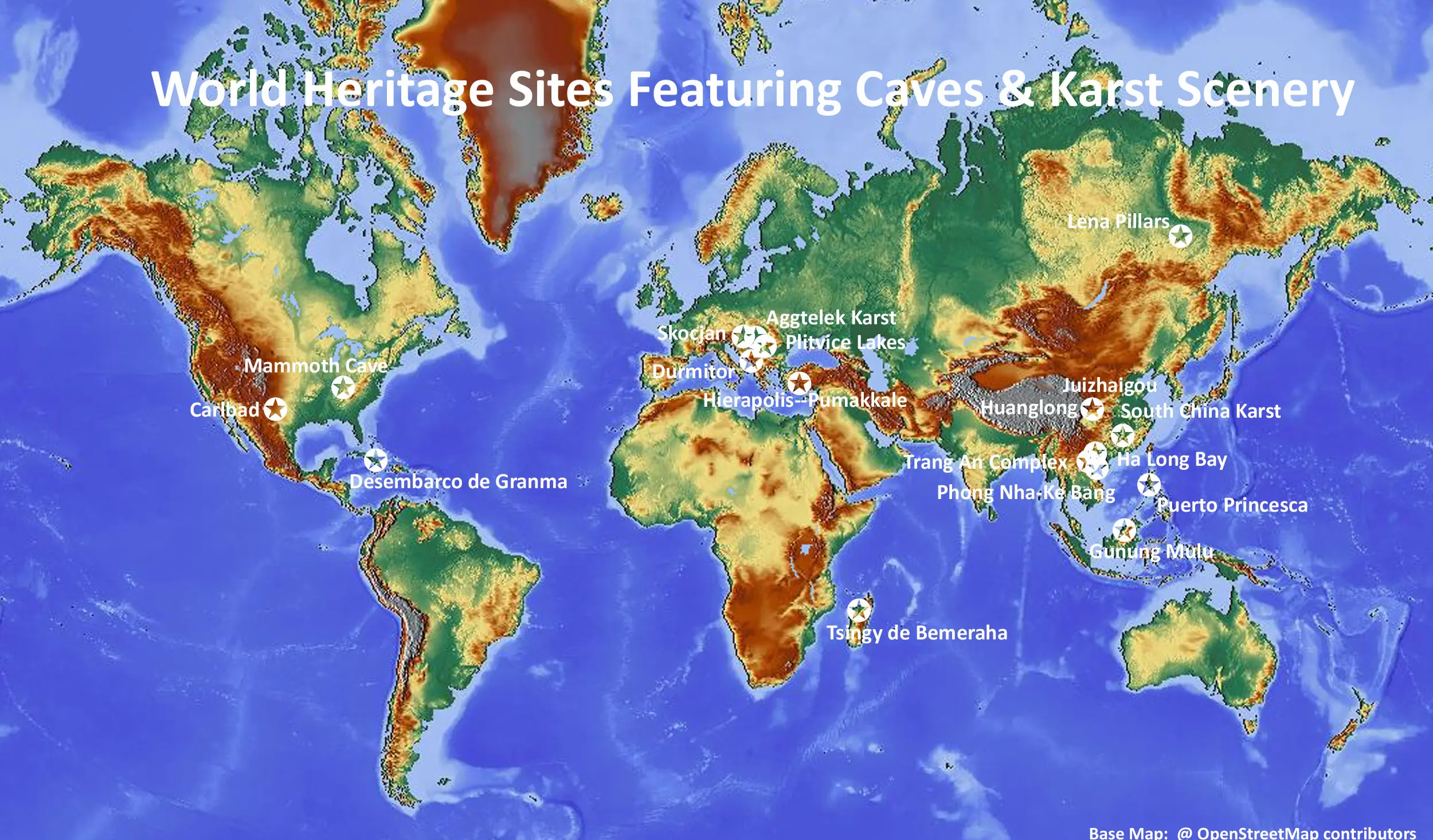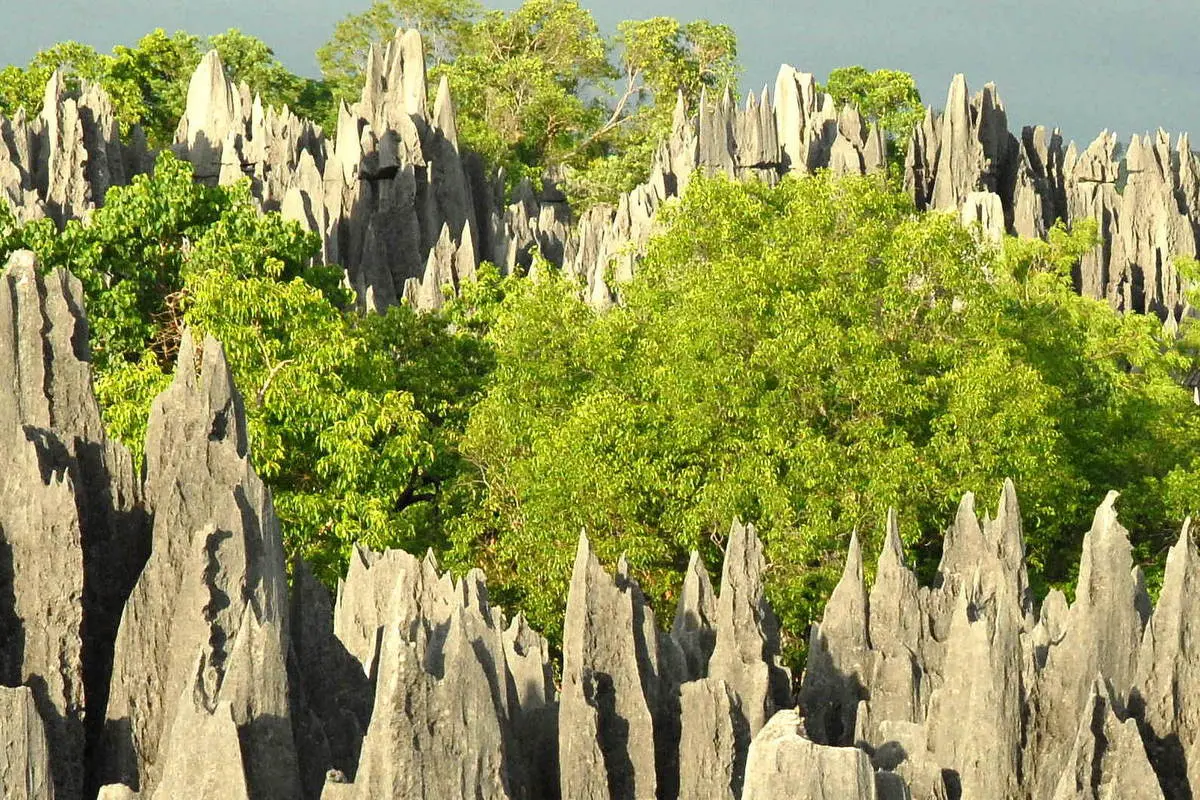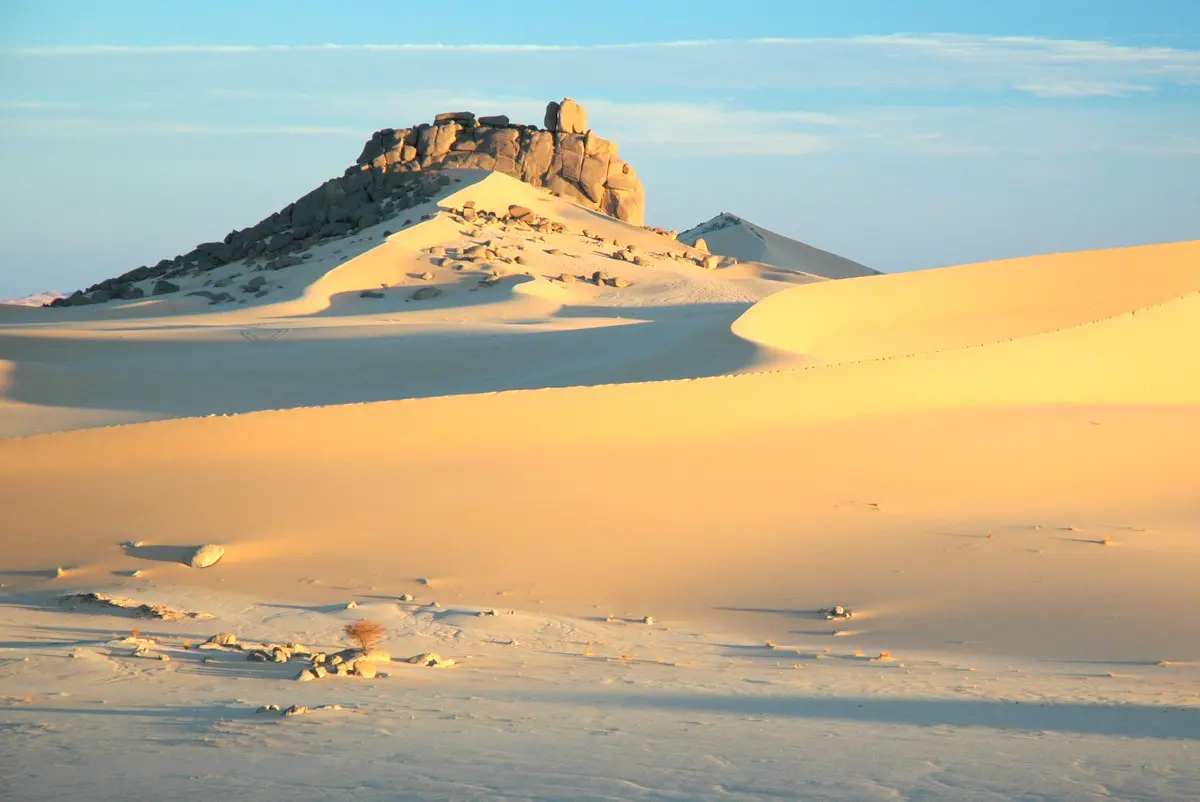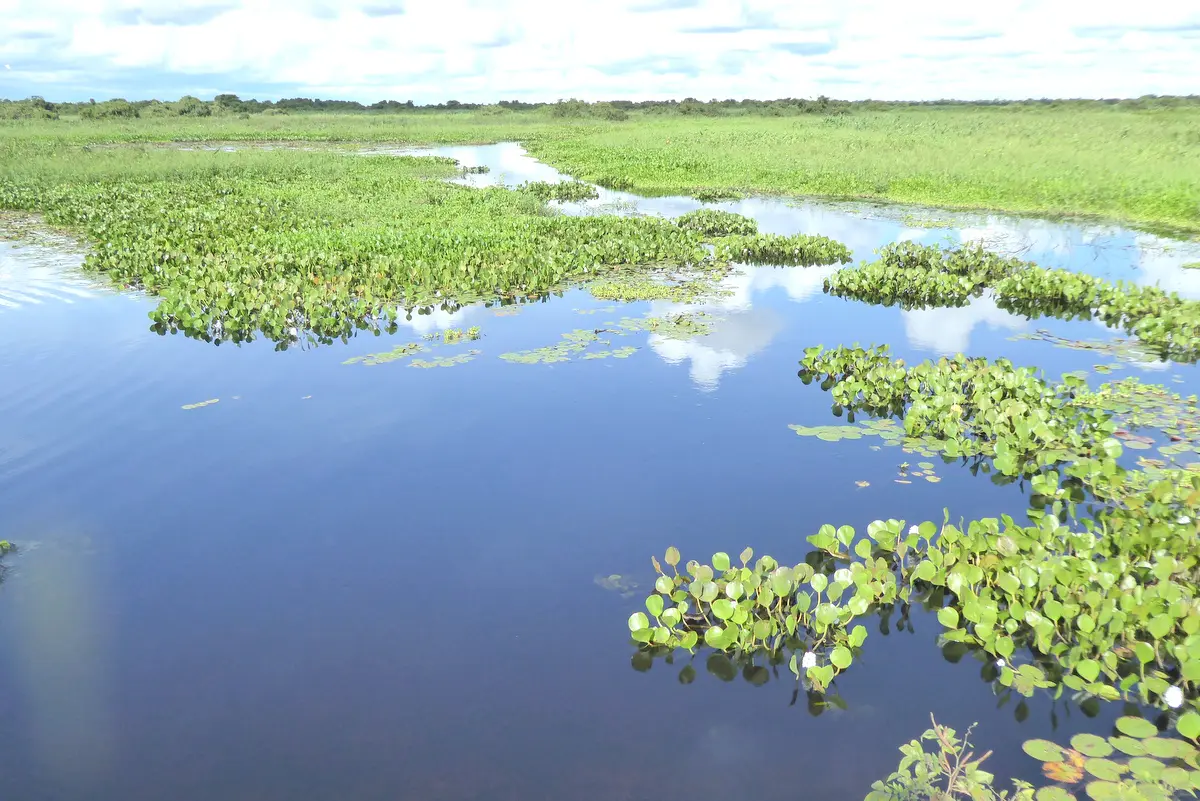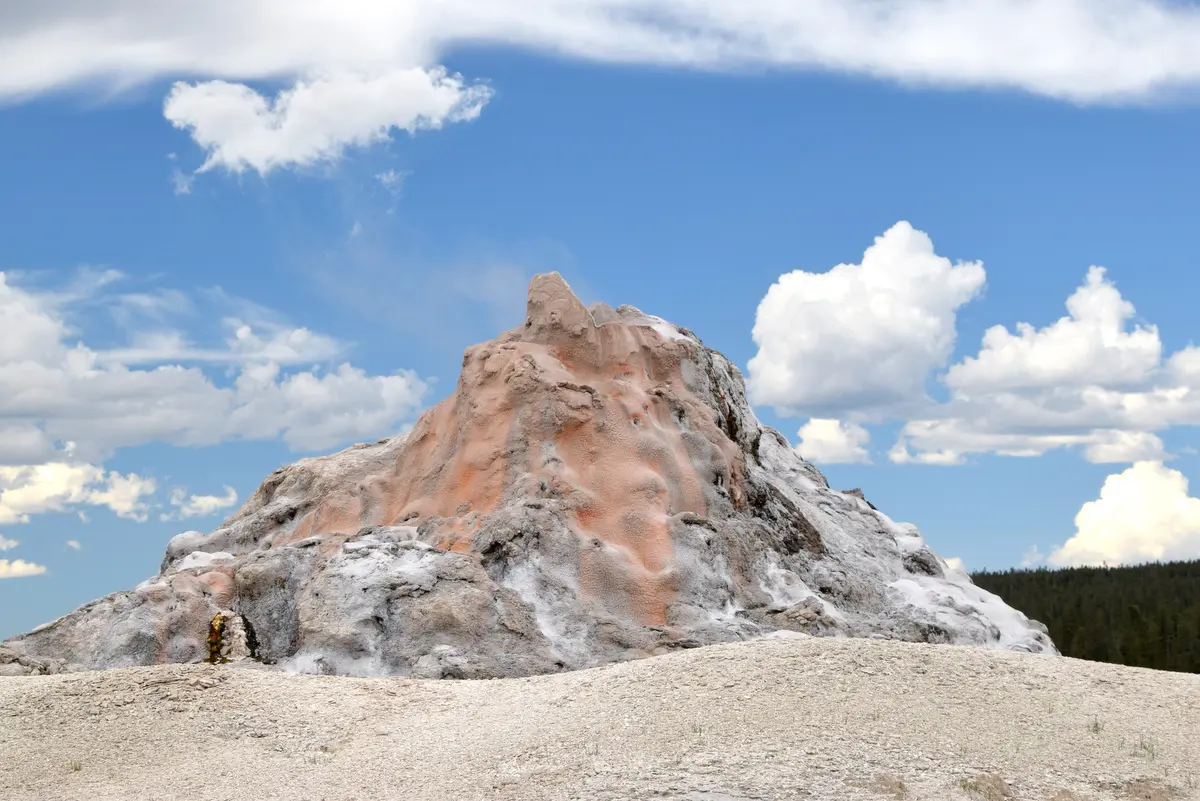Caves and karst scenery hold a particular fascination for people everywhere and many of the most spectacular caves and karst areas have been inscribed on the world heritage list. They represent the most outstanding examples of the effects of erosion of limestone by water, and the subsequent deposition of dissolved minerals in wondrous natural ‘galleries’ of underground stalactites, stalagmites and other speleotherms. Above ground, stunningly beautiful pools are created by mineral deposition on ‘travertine terraces’. Areas of caves and karst scenery typically include spectacular rock towers, pillars and ‘needles’, steep-sides gorges and complex networks of underground caves (which are often highly decorated).
The world heritage list includes 18 sites that are listed primarily for their spectacular caves and karst features. There is a concentration of such sites in southern China and northern Vietnam, the best-known of which are Vietnam’s Halong Bay (where numerous massive steep-sided limestone hills emerge from the waters of the bay) and the South China Karst around Guilin (where similar-shaped hills are cut by fast-flowing rivers and emerge from a ‘sea’ of lush green paddy fields). One of the Chinese sites (Huanglong) features a series of pools and lakes over a series of travertine terraces created by the deposition of limestone minerals as natural dams. Similar travertine terraces are found in Croatia’s Plitvice Lakes and Turkey’s Hierapolis-Pamukkale sites (as well as the Mammoth Hot Springs area of the USA’s Yellowstone National Park, listed elsewhere).
The USA’s Mammoth Cave National Park is believed to contain the world’s largest network of caves and underground passageways, of which 560 km has been surveyed and mapped. Caves occur in all limestone areas, but several of those on the world heritage list are especially large and decorated, and many support unique cave-adapted fauna including, for example, blind white fish and crustaceans. Prominent cave systems inscribed on the world heritage list include the USA’s Carlsbad Caverns, Slovenia’s Skocjan Caves, the Caves of the Aggtelek Karst in Hungary and Slovakia, Malaysia’s Gunung Mulu caves and the 8.2 km long subterranean river of the Philippine’s Puerto-Princesa park (which connects to the sea and can be navigated by boat for 4.5 km).
One of the most spectacular areas of karst scenery anywhere in the world is Madagascar’s Tsingy de Bemaraha, where a ‘stone forest’ of sharp needle-like rock formations provides an unlikely home to some of the island’s extraordinary flora and fauna. Elsewhere, there are other areas with outstanding karst features in Cuba’s Desembarco de Granma National Park, Montenegro’s Durmitor, and the Lena Pillars Nature Park in central Russia.
‘To learn more about these spectacular caves and karst places click on the links of featured sites in the table, or the photo tiles below. Note that some site pages are still under development so the links for these places are not yet active.’
Sites by country
| COUNTRY | SITE |
|---|---|
| China | Huanglong Scenic Area |
| China | Jiuzhaigou Valley Scenic Area |
| China | South China Karst |
| Croatia | Plitvice Lakes National Park |
| Cuba | Desembarco del Granma National Park |
| Hungary & Slovakia | Caves of Aggtelek Karst and Slovak Karst |
| Madagascar | Tsingy de Bemaraha Strict Nature Reserve |
| Malaysia | Gunung Mulu National Park |
| Montenegro | Durmitor National Park |
| Philippines | Puerto-Princesa Subterranean River National Park |
| Russian Federation | Lena Pillars Nature Park |
| Slovenia | Škocjan Caves |
| Turkey | Hierapolis-Pamukkale (M) |
| USA | Carlsbad Caverns National Park |
| USA | Mammoth Cave National Park |
| Viet Nam | Ha Long Bay |
| Viet Nam | Phong Nha – Ke Bang National Park |
| Viet Nam | Trang An Landscape Complex (M) |


